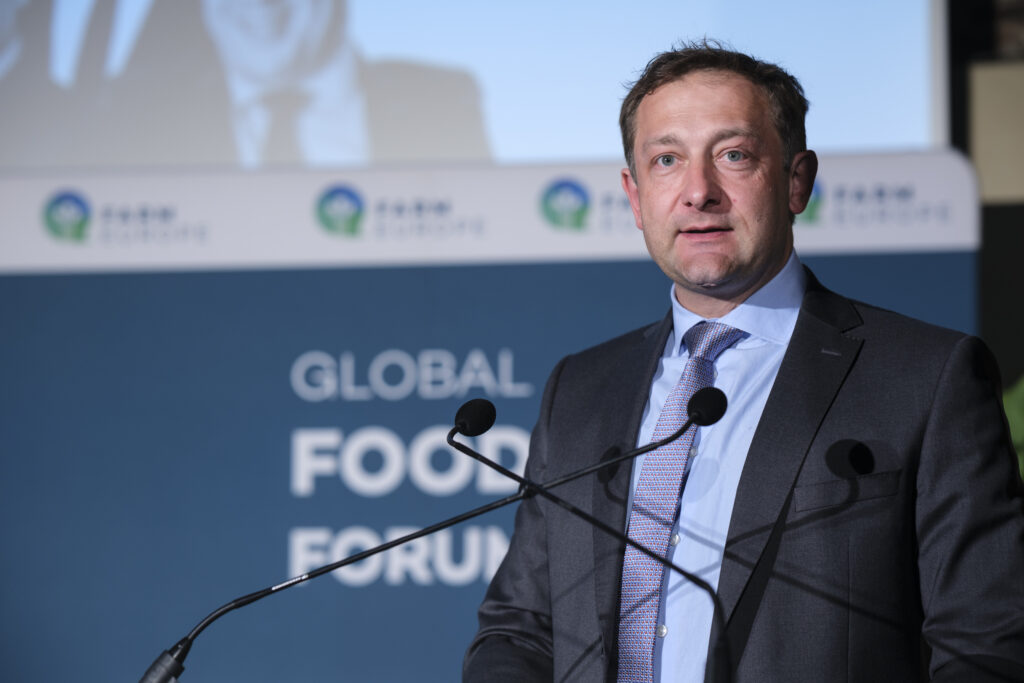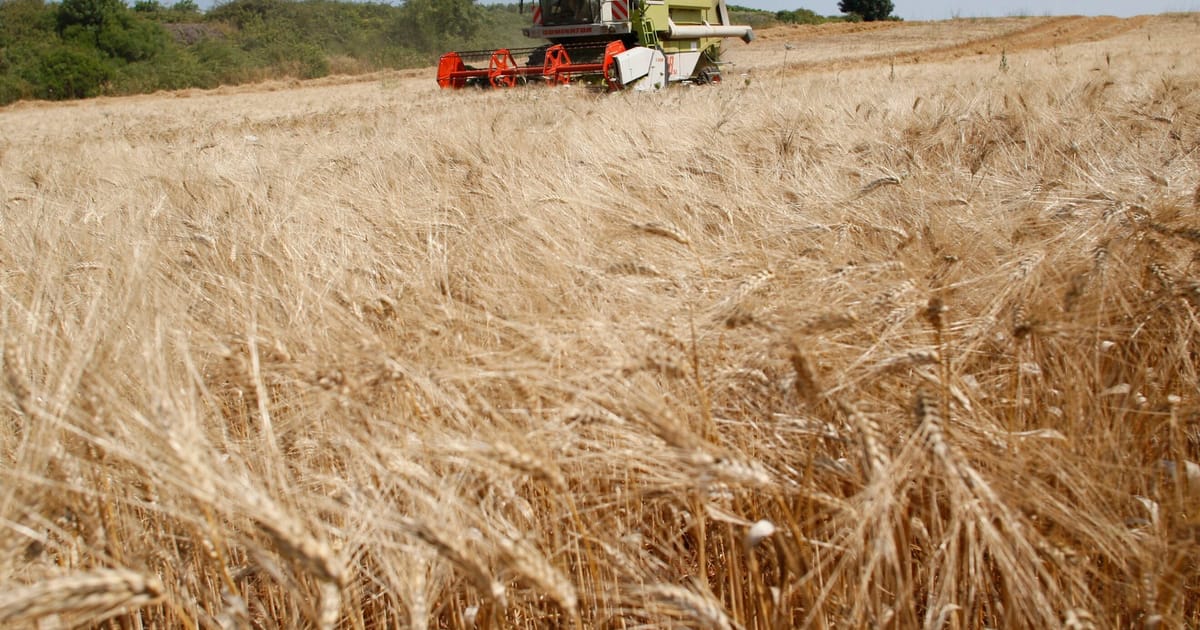The new purse for the agricultural policy, commonly known as CAP, guarantees that around €300 billion will go into farmers’ pockets through various streams funded by the EU and co-financed by member countries. The burden of spending for things like climate incentives will be shared, while area-based support — paid out to farmers per hectare — will come from the EU’s coffers.
 To deliver on promises to better target support for young or small farmers, European Agriculture Commissioner Christophe Hansen has large landowners in his sights. | Thierry Monasse/Getty Images
To deliver on promises to better target support for young or small farmers, European Agriculture Commissioner Christophe Hansen has large landowners in his sights. | Thierry Monasse/Getty Images
Environmentalists worry that requiring member countries to chip in to unlock funding for climate-protection measures will deter their uptake, particularly given the overall budget reduction.
“If you tell me ‘more incentives and less rules,’ and you don’t provide me with a decent ring-fenced budget for those incentives to exist, you’re cutting rules and not providing incentives,” said Contiero. “And that’s the overall trap of this new proposal.”
Similarly, young farmers are worried that their interests will fall by the wayside without a legally binding target for making sure they get their piece of the pie. Under the current CAP, 3 percent of funding goes to this group. In the fall, a 6 percent “aspirational” target will be announced — which leaves the European Council of Young Farmers unimpressed.
An aspirational target in the context of a constrained budget means that its members “have to fight for money for young farmers, rather than what is now the case: that they have a certainty of 3 percent,” explained the organization’s president, Peter Meedendorp.
A Commission official familiar with the file, granted anonymity to speak candidly, dismissed those concerns, noting the legislation mandates member countries “shall” prioritize young farmers in their national plans, meaning they cannot be ignored.
